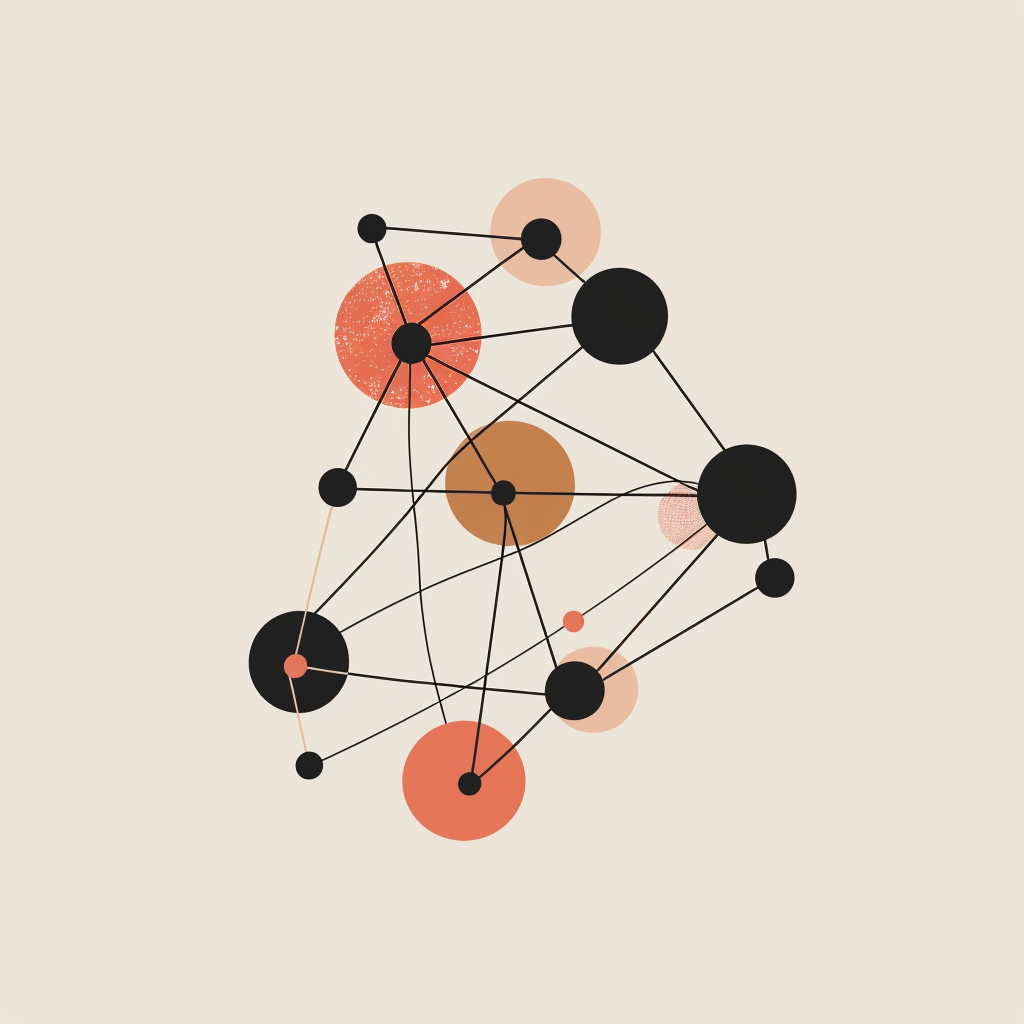Six Principles of Digital Source Criticism
Digital Source Criticism revolves around 6 core principles. The principles below help you ask the right questions when evaluating online sources and source materials. Below, you will find an overview of the Digital Source Criticism principles, the rationale behind the principle, and the essential questions that should be asked according to each principle.

1. TENDENCY
Neutral sources and source material do not exist – they have tendencies
Explanation
Sources have interests and agendas. Source material is always affected by where, when, how, by whom, and for what purpose it was produced. This is called the tendency of sources and source material.
Key questions
– Who/what is the original source?
– Is the source authentic?
– What interests and agendas do those who produced and/or shared the source material have?
– How do technological functionalities affect the source material?

2. INTERPRETATION
Source materials are always subject to interpretations
Explanation
Interpretation in relation to source material is two-fold: First, source material always includes some degree of interpretation. Second, you always interpret the source material.
Key questions
– What kind of evaluations (if any) does the source material contain?
– Does the source material rely on interpretations of other source material?
– How does your knowledge of the source and relevant context influence your interpretation of the source material?
– How does the digital context of the source material affect your interpretation of it?

3. DUALITY
The source material is always two things: form and content
Explanation
Source material should always be assessed on two levels. Level 1 concerns the form and metadata and what that can reveal about the source and the source material. Level 2 concerns the content and the story it tells.
Key questions
– What do the form and metadata of the source material tell about its origin and authenticity?
– What do the form and metadata of the source material reveal about the source?
– What do the content and story of the source material tell about the time and place in which it was produced?
– Does the form, metadata, and content contradict each other?

4. RELATIONS
Sources and source materials never exist in a vacuum
Explanation
Sources and source material are always affected by their relations to other sources and source material. Relations can be explicit (e.g., via links and references) or implicit (e.g., via rhetorical choices and genre formats). Relations can also be false.
Key questions
– What explicit and implicit relations to other sources and source material does the source material contain?
– Does the source material relate to an (in)authentic context and (in)authentic sources and other source material?
– How do the source and the source material relate to the wider context of the topic treated?
– How does assessing the relations affect your interpretation of the source material?

5. OMISSION
Source materials are always incomplete
Explanation
Source material never tells the whole story. Assessing what’s NOT in the source material is as important as assessing what is present.
Key questions
– What other information or sources than what is presented in the source material can be relevant?
– Whose perspective is not present in the source material?
– Does the source material offer the immediate context necessary for a thorough understanding of the topic it treats?
– Are certain types of relevant content and information omitted because of technological functionalities?

6. SELF-ASSESSMENT
Assessing your own story is as important as assessing the source material you rely on
Explanation
The work you produce, such as a journalistic story, is like any other source material. It contains tendencies, interpretations, relations, duality, and omissions. Therefore, self-assessing your own work is important to produce as fair and reliable a story as possible.
Key questions
– How does your background create tendencies in your work?
– What interpretations and relations do your work contain, and how might it be interpreted by others?
– How does your choice of digital technology and infrastructure to produce and distribute the work affect its reach, how it might be interpreted, and the context it will appear?
– What sources and source material are not included in your work, and for what reasons?
images are generated by SCAM using Midjourney